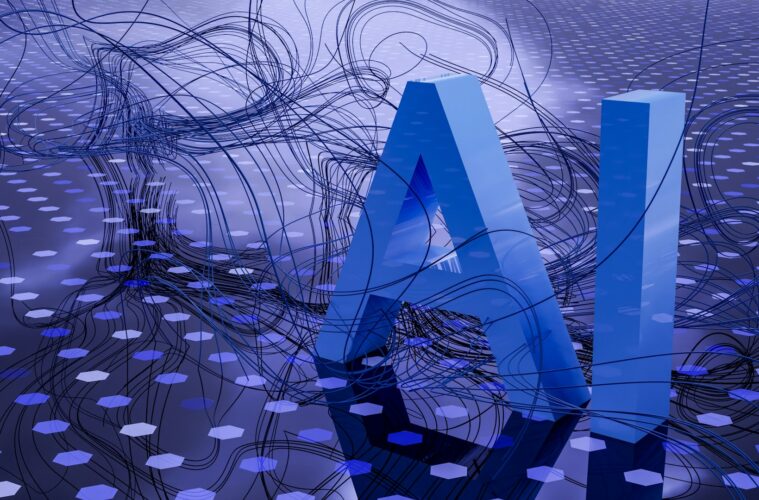Artificial Intelligence (AI) has made remarkable strides in recent years, particularly in the realm of image creation. From generating realistic portraits to crafting stunning landscapes, AI algorithms have revolutionised the way we perceive and produce visual content. This article delves into the journey of AI in image creation, tracing its development from rudimentary pixel manipulations to sophisticated generative models capable of producing awe-inspiring artwork.
Early Beginnings: Pixel Manipulation and Filters
The roots of AI in image creation can be traced back to the early days of digital imaging, where simple algorithms were employed to manipulate pixels and apply basic filters. These primitive tools laid the groundwork for more advanced techniques, allowing users to enhance photographs and add artistic effects with relative ease. However, these methods were limited in their scope and often produced results that were predictable and repetitive.
The Rise of Deep Learning: Convolutional Neural Networks (CNNs)
The advent of deep learning, particularly Convolutional Neural Networks (CNNs), marked a significant turning point in the evolution of AI-driven image creation. CNNs are designed to mimic the human visual cortex, enabling machines to recognise patterns and extract features from raw data. This technology unlocked new possibilities in image generation, allowing researchers to train models on vast datasets and produce images with unprecedented realism and complexity.
Generative Adversarial Networks (GANs): Fostering Creativity
One of the most groundbreaking developments in AI image creation is the emergence of Generative Adversarial Networks (GANs). Conceived by Ian Goodfellow in 2014, GANs consist of two neural networks – a generator and a discriminator – locked in a competitive dance. The generator generates synthetic images, while the discriminator evaluates their authenticity. Through this adversarial process, GANs learn to create increasingly convincing images, often indistinguishable from those produced by human artists.
Style Transfer: Infusing Artistic Flair
Another fascinating application of AI in image creation is style transfer, which involves applying the visual characteristics of one image onto another. Leveraging deep neural networks, style transfer algorithms analyse the content and style of two images and merge them to create a unique hybrid. This technique has sparked a new wave of creativity, allowing artists and designers to explore innovative visual concepts and reimagine existing artwork in novel ways.
The Rise of AI-Powered Image Generators
AI-powered image generators, often colloquially referred to as nude AI generators, represent a paradigm shift in visual content creation. Unlike traditional methods that require extensive manual effort and expertise, these advanced tools harness the power of artificial intelligence to generate lifelike images with just a few clicks. By analysing vast datasets of existing images, AI algorithms can learn to replicate the visual characteristics and nuances of real-world scenes, producing results that are remarkably realistic and immersive.
Progressive GANs and Beyond: Pushing the Boundaries
Recent advancements in AI have seen the development of Progressive GANs (ProGANs), which gradually increase the resolution of generated images to achieve greater fidelity and detail. This iterative approach has enabled AI artists to produce stunningly realistic portraits, landscapes, and even entire scenes with breathtaking clarity and depth. Furthermore, researchers continue to push the boundaries of AI image creation, exploring novel architectures and training methodologies to unlock new levels of creativity and expressiveness.
Ethical Considerations and Future Implications
As AI-driven image creation continues to advance, it raises important ethical considerations regarding ownership, authenticity, and the democratisation of art. Questions surrounding copyright, attribution, and the potential for misuse underscore the need for responsible development and regulation of AI technologies. Nevertheless, the future holds immense promise for AI in image creation, with applications ranging from entertainment and design to healthcare and education.
Conclusion
The development of AI in image creation represents a remarkable convergence of technology and creativity, pushing the boundaries of what is possible in the realm of visual expression. From humble beginnings in pixel manipulation to the emergence of sophisticated generative models, AI has revolutionised the way we create and interact with images. As we journey into the future, the continued evolution of AI promises to unleash new forms of artistic expression and inspire generations to come.





